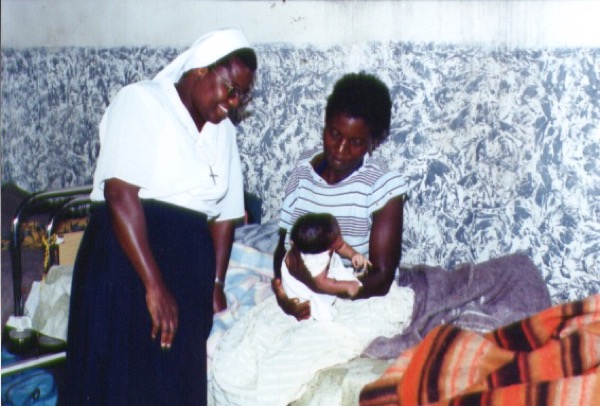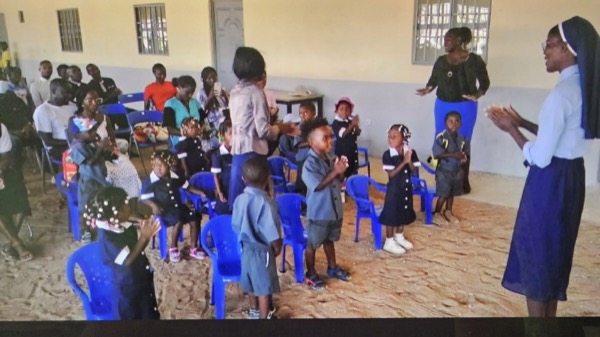The Birth of the Namibian Province

The Birth of the Namibian Province
In May 1927, six Sisters arrived from Germany in Lüderitzburg, Namibia, then known as Southwest Africa. They carried a zealous mission spirit into the arid, thorny, dusty, rainy, and hot landscape of Namibia. The initial focus involved learning the African language, teaching in schools, managing hospitals, and visiting the sick in their homes.
The pioneers spread the MSC charism through various ministries, including caring for the sick, education, pastoral and domestic work, and food programs. They embodied Fr. Linckens’ vision: “Wherever and whatever the sisters’ work, their overall task was to make Christ visible.”
Despite numerous challenges – language barriers, shelter scarcity, transportation difficulties, poverty, poor sanitation, inadequate infrastructure, challenging weather changes, cultural differences, apartheid, financial constraints, interactions with other Christian denominations, and criticism – the MSC Sisters persevered in spreading the congregation’s charism amid adversity. They embraced Fr. Chevalier’s mantra, “no cowards here”.

They harbored hope for a unified novitiate despite apartheid. Sr. Edelburgis, who was the third Provincial of the Namibian Province, had thought to start a novitiate in Southwest Africa (Namibia). She brought this up at the 1948 General Chapter, but it was met with resistance from some members. At the 1954 General Chapter she again brought the topic up – to take young ladies to become MSC Sisters who would have the same rights and duties as the sisters. Still getting nowhere, she wrote an official note to the mother general that stated, “Could we please hear the opinion of the chapter delegates regarding admittance of the Namibian candidates into our congregation as full members?” She was then asked to talk about Namibian girls, their religious and social background, education, and so on. Sr. Edelburgis gladly responded, mentioning all the good qualities of the Namibian youth. She then asked the chapter delegates if they had any questions. They had only one question: “What do the other sisters of Namibia say about this new adventure?” She answered truthfully that the great majority supported it. When the issue was put up for vote, Sr. Edelburgis was finally able to say that she had permission from the highest authority of the congregation to admit Namibian girls into our congregation as full members. The novitiate opened in Mariental and on January 11, 1956, the first two Namibian candidates arrived and entered the congregation.
Sr. Edelburgis once stated, “I sow the seed, Apollos watered the plant, but it was God who made the plant grow. The one who sows and the one who watered really do not matter; it is God who matters” (I Cor. 3; 6-8) because He really made the plant grow!
The sisters’ hopes in Namibia continued including opening more mission stations and establishing Namibia as a province. In 1940 Mariental became a motherhouse, and by 1972 Namibia achieved provincial status. In 1986 the Provincial House moved to Windhoek, and the Formation House to Otjiwarongo. Gratitude extends to the pioneers for their unwavering faith, perseverance, love, and sacrifices, planting seeds of faith, mission, and vision. Their courage enabled the continuation and expansion of the mission in Namibia and Cuvelai, Angola in 2014.
“Time changes but wise are those who go along with the present, evaluate it, understand it and utilize it.”
(Fr. Linckens, 1900 Retreat)
FOR PERSONAL REFLECTION
- When you get in touch (emotionally, spiritually) with this story, what are the essential qualities of the MSC charism/spirituality that you see incarnated in the life and mission of those sisters?
- As you are reading the story, pay attention to the historical, political, cultural, social, and ecclesial context in which the story took place. Can you identify with any of them which are impacting your life today?
